Left in the Center details the history of the longest running ‘third party’ in American history and explains how the Liberal Party made a powerful impact on politics and policy in New York State and beyond.
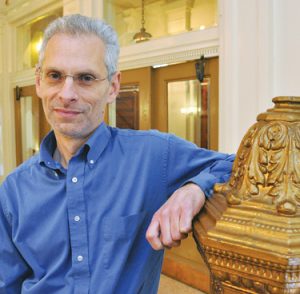
His book is a thoughtful study of how in its most formative years the Liberal Party used well- developed policy positions and clever political maneuvering to produce a working liberalism that became the foundation of a way of life for America’s (and the World’s) first middle class society in the years following the Second World War.
Professor Soyer reports that he took a very long time to write his book. He was able to interview some of the most important leadership in the party’s history even if he was too late to talk to its heralded founders – union leaders David Dubinsky and Alex Rose and to the man always behind the scenes but the real working leader of the party, Executive Director Ben Davidson. Fortunately, Davidson had been interviewed by the Oral History Department at Columbia University, and it was that material that helped Soyer let us “see” what happened at the founding convention.
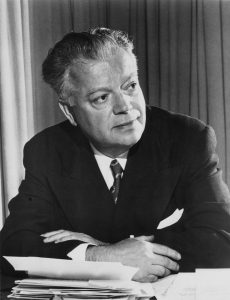
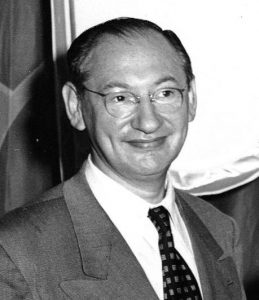
Those present “envisioned a new world order based on ‘international cooperation’ and a domestic policy of ‘economic democracy’” The ideals were clear and forthright. The politics far more complex.
Those founding Liberals were working in this political landscape: There was the powerful American Labor Party from which many of the new Liberal leadership had come. They left as the ALP moved far to the left with clear indications of links to the Communist Party.
They openly attacked the Republican Party as having little interest in the working man… “reactionary and imperialistic isolationists.” They saw the Democratic Party as a series of “endlessly corrupt big-city machines” and too often led by “viciously reactionary” southern legislators. And while they recognized a significant kinship with members of the Socialist Party, they did not believe that the Socialist Party would ever be pragmatic enough to see those broad ideals through.
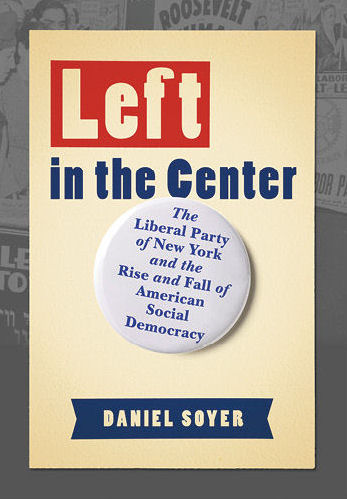 Soyer sees the work of the Liberal Party in the postwar era as a natural expression of the desire for Americans to seek a wider role in their government and what that government could do to help them make a better life with more opportunities for a greater population than the country had experienced to date.
Soyer sees the work of the Liberal Party in the postwar era as a natural expression of the desire for Americans to seek a wider role in their government and what that government could do to help them make a better life with more opportunities for a greater population than the country had experienced to date.
Soyer sees the stated desire for an economic democracy in the work of Davidson’s team of lawyers and academics and recognizes that legislation passed by the New York State Assembly and Senate in those formative years came from the pens of Liberal Party authors.
He recognizes the breadth of that work. He considers the call for academic freedom especially during the “red scare’ driven by Joseph McCarthy, fair labor laws, the introduction of early childhood education and free schooling from pre-kindergarten through college, the need for greater salaries for teachers, the call for affordable health care, significant reforms in the criminal justice system and an end to the death penalty, a new fairness and level of representation in redistricting, a need for rent control and for more low-income housing, and new voting rights laws as the Liberal Party’s effort to fulfill its pledge to present a vision for what Soyer calls “social democracy.”
The power of these policies reached far beyond the borders of New York State and influenced various legislative action across the country.
Soyer clearly indicates that these early years of the Liberal Party were a personification of why the party was established. But as he describes the potential for the future and indicates why the Liberal Party became far more influential than its size indicated it ever would be, he goes on to show us why the years that followed were decidedly different…moving further and further away from policy into the depths of all that politics can be.
His ability to bring us into the back rooms and the blow by blow accounts of the endless disagreements within the party once the founders had passed away or retired is great reading if you enjoy the reality of politics as a blood sport.
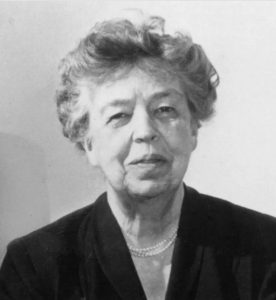
As the leadership changed and then changed again, the internal conflicts grew to even involve the man elected by the Liberal Party, Governor Mario Cuomo…aided and abetted by his son Andrew.
However you might feel about the struggle and the rights and the wrongs committed, it is a simple pleasure to “sit in” at those meetings and marvel at the stamina and determination of the players.
Professor Soyer subtitles his book “The Liberal Party of New York and the Rise and Fall of American Social Democracy.” By the end of the book Soyer shows us why.
But while he ends the book in 2002, the Liberal Party continues. Whether the last twenty years or the years ahead deserve its own history remains an open question.

3/7/2022
Belated congratulations on the publication of Professor Soyer’s’ recent book on the LP. I am sure that it will be a welcome addition to the literature of American third parties and New York State politics. I plan on purchasing my own copy.
Stephen R. Rolandi
Larchmont, NY